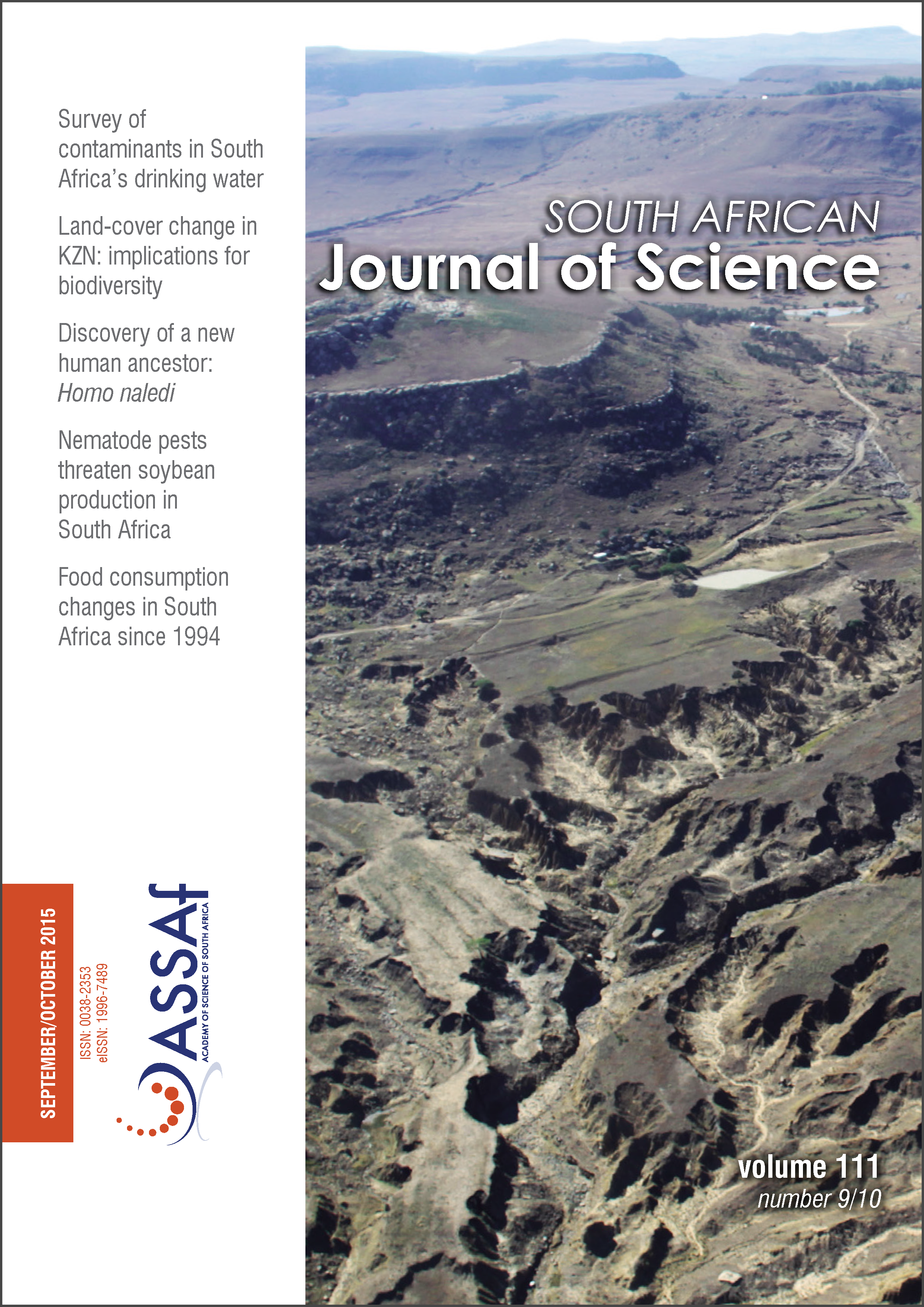The time to degree or dropout amongst full-time master’s students at University of KwaZulu-Natal
DOI:
https://doi.org/10.17159/sajs.2015/20140298Keywords:
competing risk, hazard, model fitting, survival function, throughputAbstract
Universities around the world are grappling with strategies to increase throughput and minimise dropout rates of postgraduate students. This study focuses on students at the University of KwaZulu-Natal and we attempt to estimate the time that it takes for these students to successfully complete or drop out from a master’s programme. We used survival analysis to identify the factors which affect this. The results of this analysis showed that having some form of financial aid and/or being a student in the Faculties of Humanities or Management, all significantly shortened the length of time that it took to eventually drop out from a master’s programme. For students who successfully completed a master’s degree, having some form of financial aid, being of international origin and/or being registered in the Faculties of Health, Humanities, Law or Management, all helped to significantly shorten the length of time it took to successfully complete a master’s programme. Students in the Faculty of Medicine, however, took longer to successfully complete their studies. Black Africans took less time to complete their master’s degrees when compared with otherwise identical students from the other race groups.
Published
Issue
Section
License

All articles are published under a Creative Commons Attribution 4.0 International Licence
Copyright is retained by the authors. Readers are welcome to reproduce, share and adapt the content without permission provided the source is attributed.
Disclaimer: The publisher and editors accept no responsibility for statements made by the authors
How to Cite
- Abstract 727
- PDF 1068
- EPUB 196
- XML 231












.png)